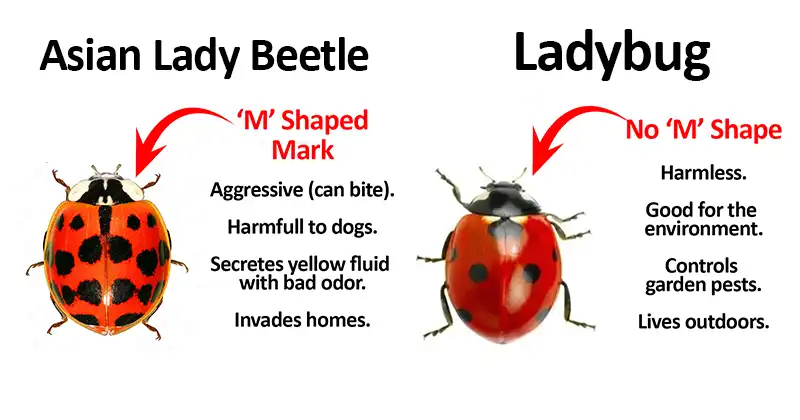Why Ladybugs Are The Secret Weapon Your Garden Needs

When it comes to maintaining a thriving and healthy garden, many gardeners are on a constant quest for the perfect solution to ward off pests and promote plant growth. Surprisingly, one of nature’s tiniest warriors can play a pivotal role in achieving this goal – the humble ladybug. These charming red and black insects are not just a delight to the eye; they are also a secret weapon for your garden.
Natural Pest Control
Ladybugs, also known as ladybirds or lady beetles, are voracious predators of common garden pests such as aphids, mites, and scale insects. Their appetite for these nuisance creatures makes them a valuable asset in natural pest control. A single ladybug can consume hundreds of aphids in a day, effectively keeping these harmful insects in check without the need for chemical pesticides.
While the common ladybug is a garden superhero, it’s crucial to distinguish it from its close relative, the Asian lady beetle. The Asian lady beetle, Harmonia axyridis, is often mistaken for the native ladybug due to its similar appearance. However, it has earned a reputation for being more aggressive and less discriminating in its choice of prey. Unlike the native ladybug, Asian lady beetles may also consume fruit, making them less ideal for pest control in certain agricultural settings.
The Asian Lady Beetle: A Look-alike with Distinctions
The Asian lady beetle: ‘M’ Shaped Mark, Aggressive (can bite), Harmful to dogs, Secretes yellow fluid with a bad odor, Invades homes.
The common ladybug: No ‘M’ Shape, Harmless, Good for the environment, Controls garden pests, Lives outdoors.
Considerations for Gardeners
Understanding the differences between the common ladybug and the Asian lady beetle is essential for gardeners. While both contribute to pest control, the native ladybug is often preferred for its more targeted approach to pest consumption and its positive impact on local ecosystems.
The Asian lady beetle, although effective in controlling certain pests, can become a nuisance in homes during the fall as it seeks shelter for the winter. Its tendency to release a yellow fluid with a displeasing odor can be problematic, and homeowners should be cautious, especially if it is harmful to dogs.
Attracting and Differentiating
To attract the beneficial native ladybug to your garden, focus on planting a diverse array of flowers that provide nectar and pollen. Creating a habitat that supports the entire lifecycle of ladybugs will encourage their presence.
Differentiating between the two types of lady beetles can be challenging, but a key distinguishing feature is the white “M” or “W” shape on the common ladybug’s pronotum, the area behind its head. The Asian lady beetle lacks this distinct marking.
Conclusion
In the quest for a healthy and thriving garden, embracing the power of ladybugs as a natural and sustainable solution is a wise choice. These tiny yet mighty insects offer an eco-friendly alternative to chemical pesticides, promoting a balanced and resilient garden ecosystem. By understanding their role, creating a supportive habitat, and appreciating the intricacies of their lifecycle, you can unlock the full potential of ladybugs as the secret weapon your garden needs. So, next time you spot these charming beetles in your garden, know that they are not just visitors; they are your garden’s loyal guardians, working tirelessly to keep it pest-free and flourishing. And remember to keep an eye out for the subtle distinctions that set the common ladybug apart from its look-alike, the Asian lady beetle.



















